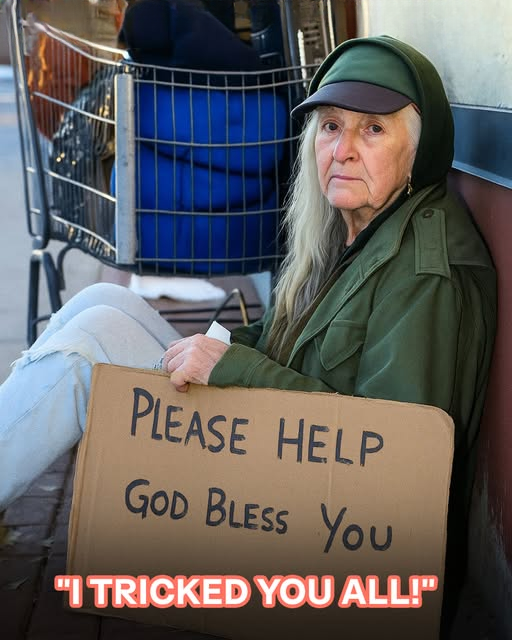
What would your loved ones do if they saw you struggling on the streets, disguised as a homeless person? One man decided to find out, embarking on a bold social experiment to test the kindness and recognition of his family and friends. What he discovered revealed profound truths about empathy, connection, and the assumptions we make about those in need.
The Idea Behind the Experiment
The man, whom we’ll call David, was inspired by stories of people going undercover to understand societal issues. Curious about how his own circle would react to seeing him in distress, he decided to pose as a homeless man in his hometown. With the help of a makeup artist and old clothes, David transformed into an unrecognizable figure, complete with a weathered appearance and a cardboard sign asking for help.
His goal wasn’t to deceive but to observe. Would his family and friends recognize him? Would they offer help, or would they walk by, caught up in their own lives? “I wanted to see who we are when we think no one’s watching,” David explained.
The Day on the Streets
David stationed himself in a busy part of town, near a café where his friends often gathered. He sat quietly, holding his sign, as people passed by. Some dropped coins, others averted their eyes. His sister walked by first, engrossed in a phone call, and didn’t glance his way. A close friend stopped briefly, dropped a dollar, but didn’t look closely enough to recognize him. His cousin, however, paused, stared, and asked, “Are you okay?”—the only one to sense something familiar.
The experience was humbling. David felt the sting of being ignored, the weight of invisibility. “You feel like a ghost,” he said. “People see you, but they don’t really see you.”
The Reveal and Reactions
After a day on the streets, David revealed himself to his family and friends. The reactions were mixed: his sister was mortified, tearfully apologizing for not stopping; his friend was shocked, saying, “I thought you looked familiar, but I didn’t want to stare.” His cousin, who had paused, felt validated but wished he’d done more.
The experiment sparked deep conversations. David’s sister admitted she often avoids homeless people out of discomfort, while his friend vowed to be more attentive. The experience wasn’t about shaming anyone but about highlighting how easy it is to overlook those in need, even when they’re close to us.
Lessons Learned
David’s experiment underscored the importance of empathy and awareness. It showed how societal biases can blind us to the humanity of others, even those we love. He also gained a new perspective on the challenges faced by the homeless, from the physical discomfort to the emotional toll of being ignored.
A Call to Action
David’s story challenges us to look closer, to offer kindness without judgment, and to question our assumptions. It’s a reminder that anyone could be struggling, even someone we know. His experiment may have been unconventional, but its message is universal: compassion starts with seeing each other.